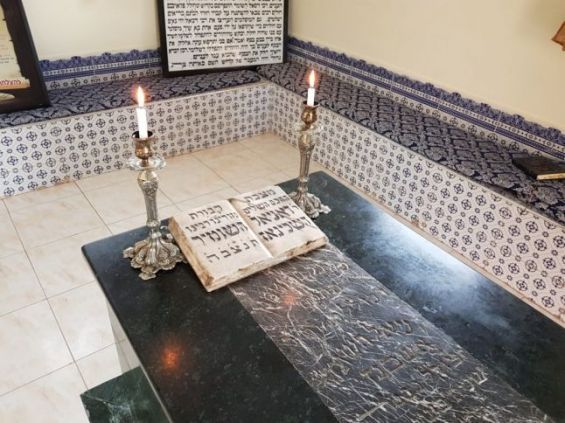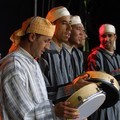Located 55 kilometers away from Marrakech, the village of Tagouna is home to the tomb of Rabbi Daniel Hashomer Ashkenazi, a Jewish saint also known as Sidi Daniel. The local population, of Jewish and Muslim faith, had visited his grave for spiritual activities for several years.
Legend has it that he was initially an emissary from Palestine. Like several saints who went to Amazigh villages to fund their schools, he then settled down in this small village and decided to remain.
After passing away, he left behind him a fabulous tale marked by several miracles. The Jewish saint is visited every Elul, the twelfth month of the Jewish civil year and the sixth month of the ecclesiastical year on the Hebrew calendar.
Rabbi Daniel Hashomer «is best known for his miraculous remedies for mental illness and he is also venerated by Muslims, who call him Sidi Denil (or Daniel)», reports the Moreshet-Morocco platform, noting that even in Israel, «Moroccan Jews continue to celebrate his Hillula, on the first of Elul».

Unfortunately, history has not kept much information on the biography of this saint or his experience. However, the location of the mausoleum, «despite its isolation and difficult access» did not prevent the Hilulla of Rabbi Daniel Hashomer «from achieving great success».
In his book «Saint Veneration Among the Jews in Morocco» (Editions Wayne State University Press, 1998), the historian and ethnographer Issachar Ben-Ami refers to the legends linked to Rabbi Daniel Hashomer. «An Arab began to build a house near [the grave of] Rabbi Daniel Hashomer Ashkenazi, but it was demolished and the Arab died», he wrote, quoting the account of a Jew.
The origins of its veneration by Muslims
Another account recalls that «any hostile act against a saint, any scornful or disrespectful expression about him or his tomb, elicited severe reprisals». «A barren Muslim woman who bathed at the tomb of R. Daniel Hashomer Ashkenazi was stricken with paralysis», the same book said.
In addition, «a woman's menstrual period, having started during a visit to Rabbi Daniel Hashomer, had caused a thunderstorm accompanied by hail and rain», it said. «Muslims were afraid of him. No Muslim who cut off a piece of the tree there or did something lasted long. Muslims say they think «this shomer (saint) is tough».

But Rabbi Daniel Hashomer is also presented as a holy healer. «I was sick for three months with something like typhus. I couldn’t talk nor walk», said a Jew in a story relayed by the book by historian and ethnographer Issachar Ben-Ami. «I had barely reached there when I got well. I opened my eyes and asked my father for some food», the story read.
Stories, relayed in the same work, suggest that part of the mausoleum was built by a Jew who had served in the French army and who had promised before the war to return to the village of Tagouna to build a house near the grave.





 chargement...
chargement...













